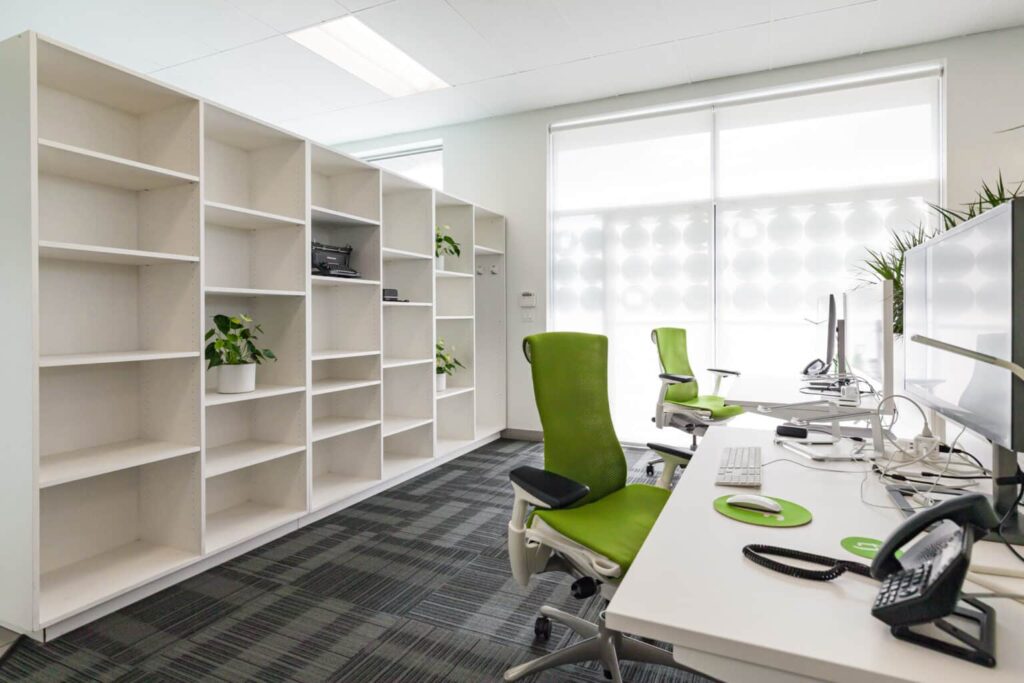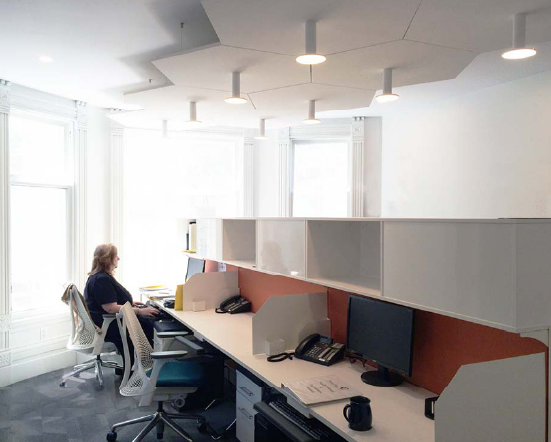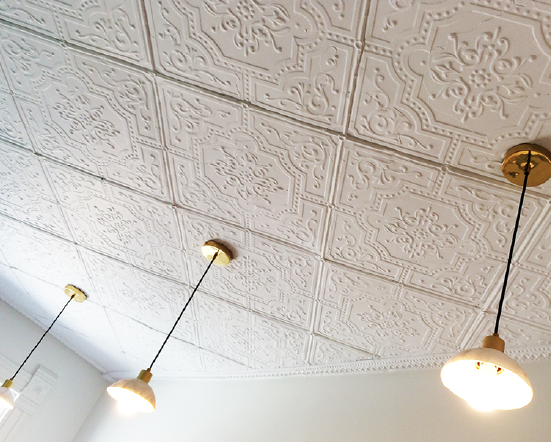The Strategic Advantage of Office Investment for Lessees
Investing in your leased office space can enhance productivity, brand image, and overall employee satisfaction. This article explores the compelling reasons for making improvements, even when you do not own the property. Enhancing Employee Productivity A well-designed office environment can significantly boost employee productivity. Investing in ergonomic furniture, open spaces, and modern technology creates a conducive atmosphere for work. Employees are more likely to perform better in environments that support comfort and collaboration. Enhanced productivity leads to higher quality work outputs, encouraging a motivated workforce. Moreover, comfortable workspaces can reduce fatigue and absenteeism, creating a win-win situation for both employees and employers. Ultimately, productivity increases translate directly into better business outcomes. Strengthening Brand Image An appealing office space can serve as a reflection of your brand identity. Investments in office aesthetics, including branding elements and modern decor, can significantly elevate how clients perceive your business. A visually stimulating environment communicates professionalism and innovation. It also creates positive impressions during client visits, influencing their decision-making process. Additionally, a well-maintained space attracts top talent who are keen on joining a progressive, forward-thinking company. Consequently, your office becomes a powerful marketing tool, enhancing brand reputation. Fostering Employee Engagement Upgrades to your workspace can lead to greater employee engagement. Creating engaging work environments, including leisure areas and collaborative zones, encourages team interaction and creativity. When employees feel their workplace is invested in, their emotional connection to the company strengthens. Engaged employees are more likely to contribute innovative ideas and remain loyal to the organization. This culture of engagement can reduce turnover costs and enhance teamwork. As a result, investing in office improvements cultivates a thriving workplace culture. Flexibility for Future Changes The Strategic Advantage of Office Investment for Lesseesour office space can position your company for future growth. By investing in modular designs or flexible layouts, businesses can easily adapt to changing needs. This is particularly vital in today’s fast-paced environment, where companies must respond quickly to market demands. Enhanced infrastructure can facilitate a smooth transition, from accommodating more employees to integrating advanced technologies. Furthermore, a flexible workspace can support various work styles, ultimately benefiting productivity and morale. Thus, future-ready spaces can safeguard against the unpredictability of business growth. Cost Efficiency through Smart Investments Strategic investments can result in long-term cost savings. While the initial outlay may seem significant, energy-efficient fixtures and smart technologies reduce operational costs over time. Upgrading to energy-efficient appliances can lower utility bills, thereby enhancing financial sustainability. Additionally, investing in high-quality furniture means fewer replacements and lower maintenance costs down the road. This financial strategy can optimize budget allocation for other crucial areas, which is especially useful for businesses operating on tight margins. Therefore, such investments offer tangible returns, fostering overall business profitability. Enhancing Recruitment and Retention A well-maintained office can improve talent acquisition and retention rates. Today’s workforce seeks more than just competitive salaries; they prioritize workplace quality and culture. An inspiring office space can attract high-quality talent who value a conducive working environment. Additionally, engaging spaces contribute to employee satisfaction, reducing turnover and recruitment costs. Businesses that invest in their environments signal their commitment to employee well-being. Thus, attractive workspaces become essential in securing top talent and fostering loyalty among existing employees. Compliance and Risk Management Investing in office upgrades can ensure compliance with regulations. Updates to safety standards, accessibility, and health regulations not only ensure legal compliance but also safeguard against potential liabilities. A failure to meet such standards can lead to costly fines or litigation. By proactively making necessary improvements, businesses demonstrate their commitment to employee safety and well-being. This not only builds trust among employees but also enhances the organization’s overall reputation. Hence, compliance-driven investments help mitigate risks associated with workplace environments. Ultimately, investing in your leased office space is not only beneficial for current operations but also crucial for future growth and employee satisfaction. These strategic enhancements pave the way for a more productive, engaged, and loyal workforce, offering significant returns on investment, even for lessees.
The Strategic Advantage of Office Investment for Lessees Read More »



